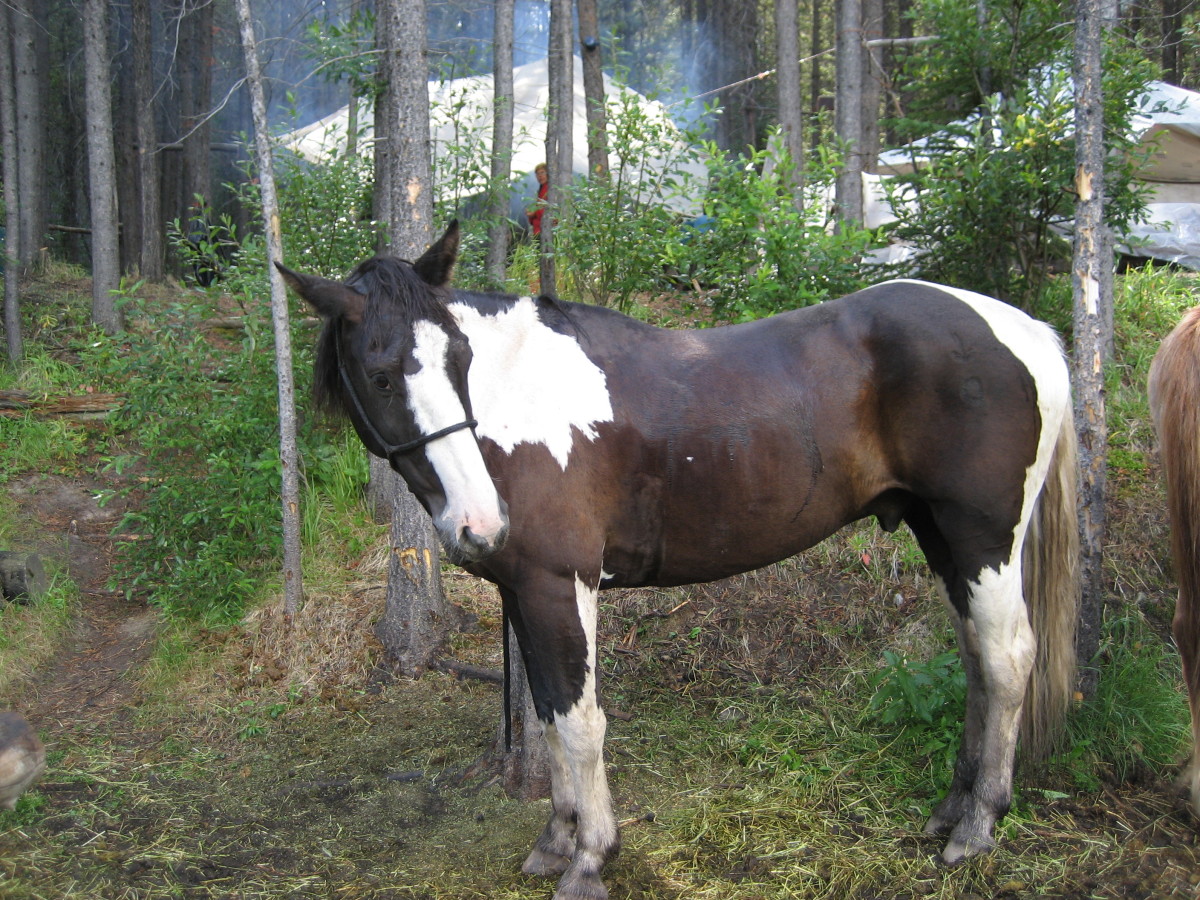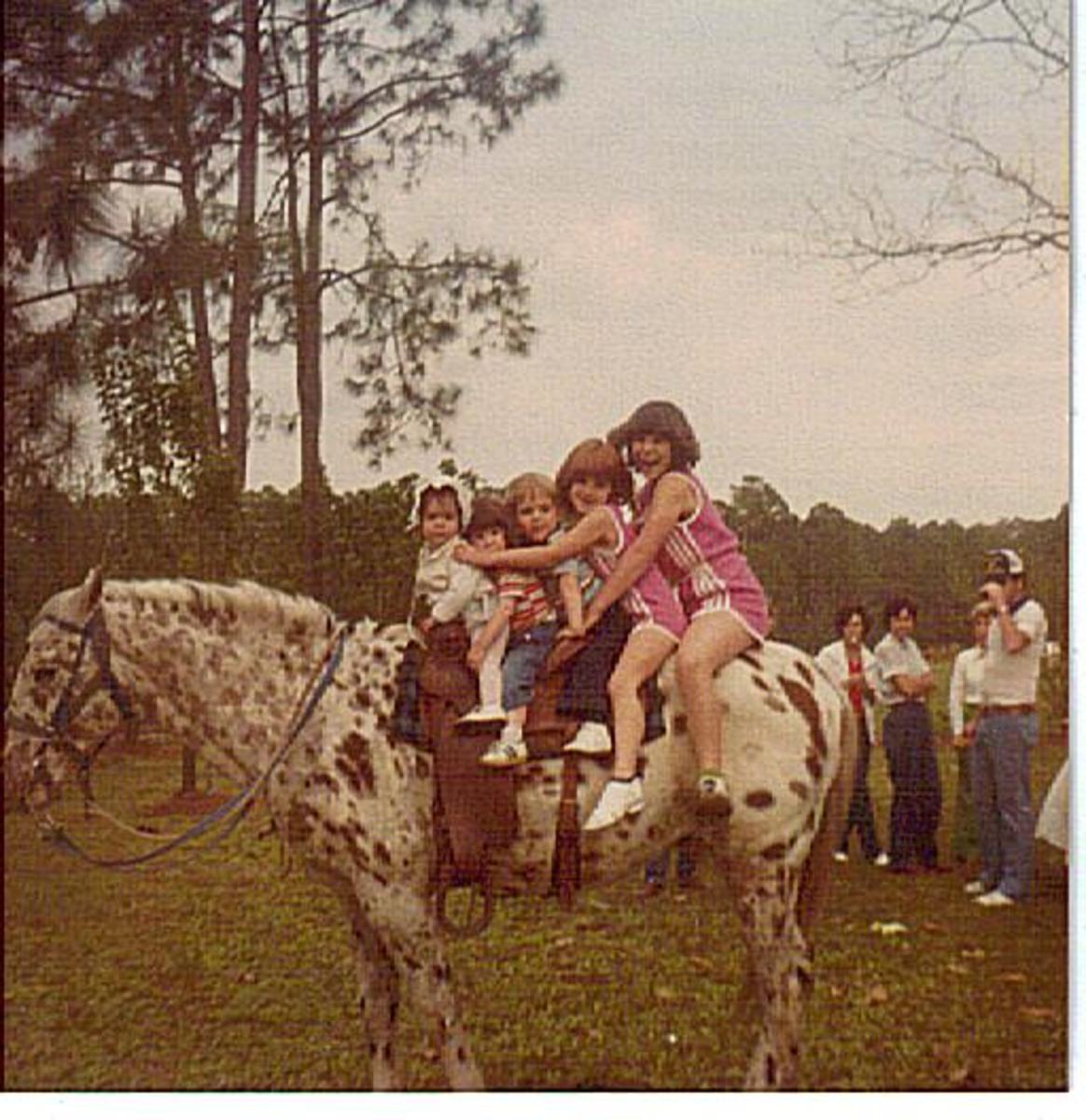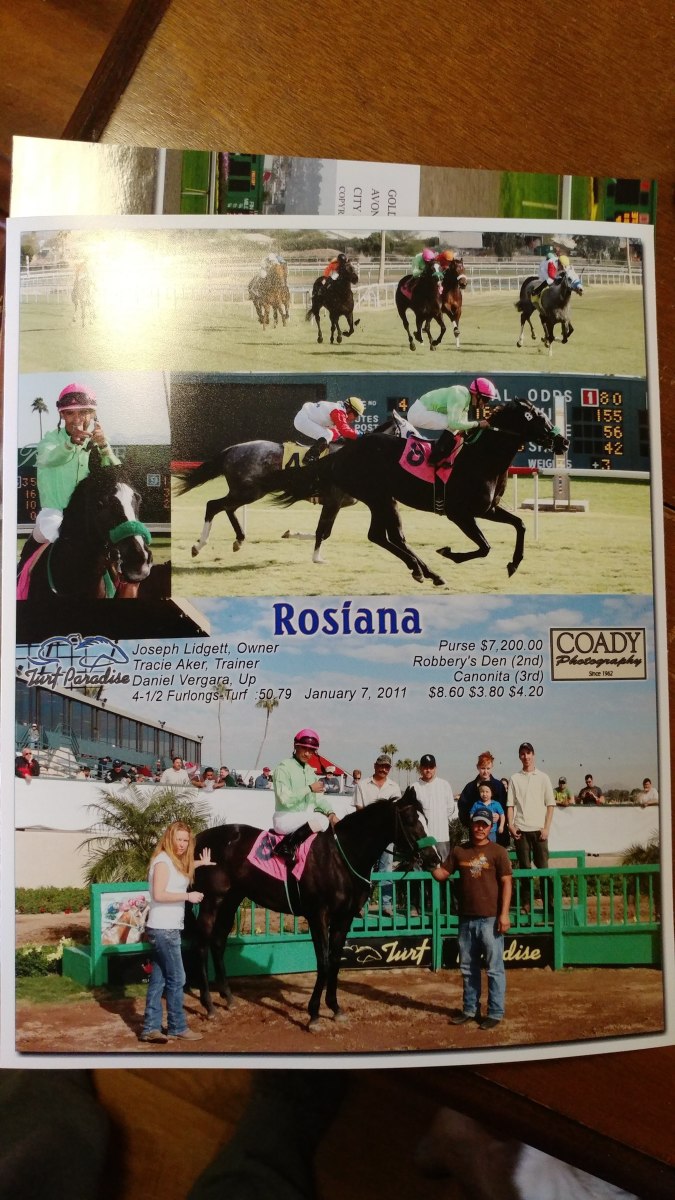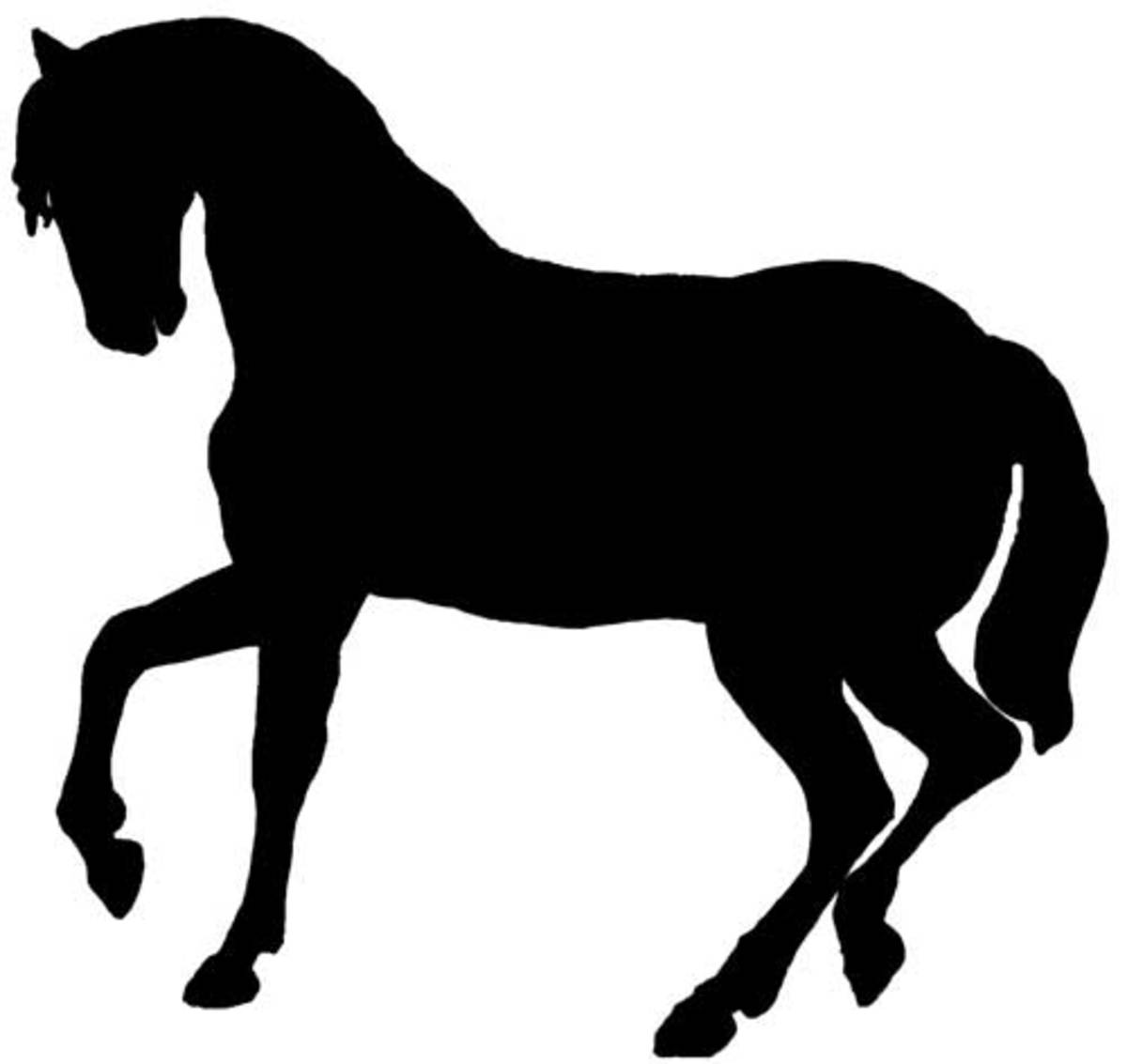How To Rehabilitate A Starved Horse

Assessing a Starved Horse
The first step of rehabilitating a starved horse is assessment of exactly how badly off the horse is.
The standard way to do so is by assessing the horse's body condition score (BCS). This is measured on the Henneke scale which runs from 1 to 9. A horse is considered starved if it has a body score of 1 (poor) or 2 (very thin).
When you look at one of these horses, the hipbones and backbone can be seen, as well as the tailhead. The more they protrude, the worse off the horse is. Note that a sway back, in older horses, can cause visible hip bones when the horse is otherwise in good condition. The structure of the shoulder and withers is also very discernible.
On top of that, a starved horse is likely to have a poor quality coat and may even have lost some of their coat. Their eyes tend to show a 'dull' or 'staring' expression. Many may show symptoms of depression such as remaining in one place for extended periods of time, drooping ears and ignoring even pleasant stimuli such as food.
Making The Difficult Decision
The horse will normally be assessed at 1 or 2. In some cases a horse may assess at 3 (thin), but show other signs of neglect. Horses that are assessed at a 1 have to be looked at very seriously. In many cases, a horse that has been that thin for an extended period of time will have permanent damage to the internal organs.
The difficult decision, therefore, is whether to rehabilitate the horse at all. A horse that is too weak to stand should only be rehabilitated by an experienced rescue with the physical infrastructure to handle the situation. As horses aren't designed to be 'down' for extended periods of time, a horse too weak to stand will often have to be put in a rescue sling.
In many cases the horse's attitude can make the difference. A horse that is severely depressed has less chance of survival than one that is still showing an interest in life.
What To Feed
One of the biggest challenges in rehabilitating a starved horse is refeeding syndrome. A starved horse that is given too much rich food too quickly can become sick as the influx of calories affects the kidneys, heart and lungs. Affected horses will fall ill three to five days after they are rescued and often die. Correct feeding is vital to ensure that this is avoided.
To start with, horses that register below three on the Henneke scale should be fed repeated small meals of high quality hay. Alfalfa hay is the absolute best. They should not be fed grain, molasses or treats. For the first ten days, the amount fed should increase and the frequency decrease. After ten days or so, then the horse should be given free choice access to good quality hay and turnout can be considered. Thiamine supplementation, generally given by injection, is recommended for seriously starved horses.
What Else Do You Need To Do?
There are several other concerns with starved horses.
1. Worming. Starved horses should not be dewormed for the first ten days and then they should be given several low doses over a period of time. Giving one high dose of dewormer can cause colic as it results in the death of a large number of parasites quickly.
2. Quarantine. Starved horses should be kept in quarantine for about two to three weeks to allow their immune systems to recover.
3. Teeth. As starved horses are often neglected in other ways, their teeth should be checked by a qualified equine dentist. Again, though, this should not be done until the critical ten to 14 day period has passed as until that point the strain of dental treatment can be too much. (The same goes for hoof trimming). If a horse has severely damaged teeth, then it should be fed soaked hay or alfalfa pellets until the teeth can safely be treated.
When Can I Ride It?
The question many people who rescue a horse on their own ask.
The answer depends, but generally when a horse has reached 3.5 or 4 on the Henneke scale...that is when it has fat deposits over the ribs and vertebrae, when the hip bones have vanished and the ribs can only be seen faintly, the horse can be introduced to light work.
A horse that has been starved should be brought back into work slowly by an experienced rider who is light for the horse (the normal recommendation is 20% of the horse's weight, but this should probably be dropped to 15%). Horses that have been starved have generally lost all of their muscle condition, and the first thing to go is the specific muscular training to carry a rider.
These horses should be ridden for short, and gradually increasing periods and the rider needs to bear in mind that they will not be balanced or comfortable to ride. Finding a trainer for this period is the best thing to do unless you are highly experienced and know how to ride a very out of shape horse.
Rushing the horse back into work will delay its recovery.
Long-Term Effects
Most horses recover with no problems. However, foals and young horses that have been starved may not reach their full genetically-determined height. Mares that are starved will often resorb any fetus they may be carrying or else slip (miscarry) the foal.
Some horses may develop minor kidney problems that can flare up years later.
Behavioral issues may also exist in the long term. Many horses that have been starved tend towards food aggression and may express this towards humans. Other long-term effects have been observed. For example, Ella, a Paint mare who dropped to a BCS of 2 was successfully rehabilitated, but had developed the habit of cribbing to suppress her appetite when she had no food. The mare is still a bad cribber and cribs despite straps and other measures, although she has otherwise made a full recovery from her ordeal.
Conclusion
Rehabilitating a starved horse is a fair bit of work, but it is often worth it. It is not something for the new horse owner to attempt, but is relatively easy for anyone with a moderate amount of experience providing the horse has not reached the 'too weak to stand' point.




